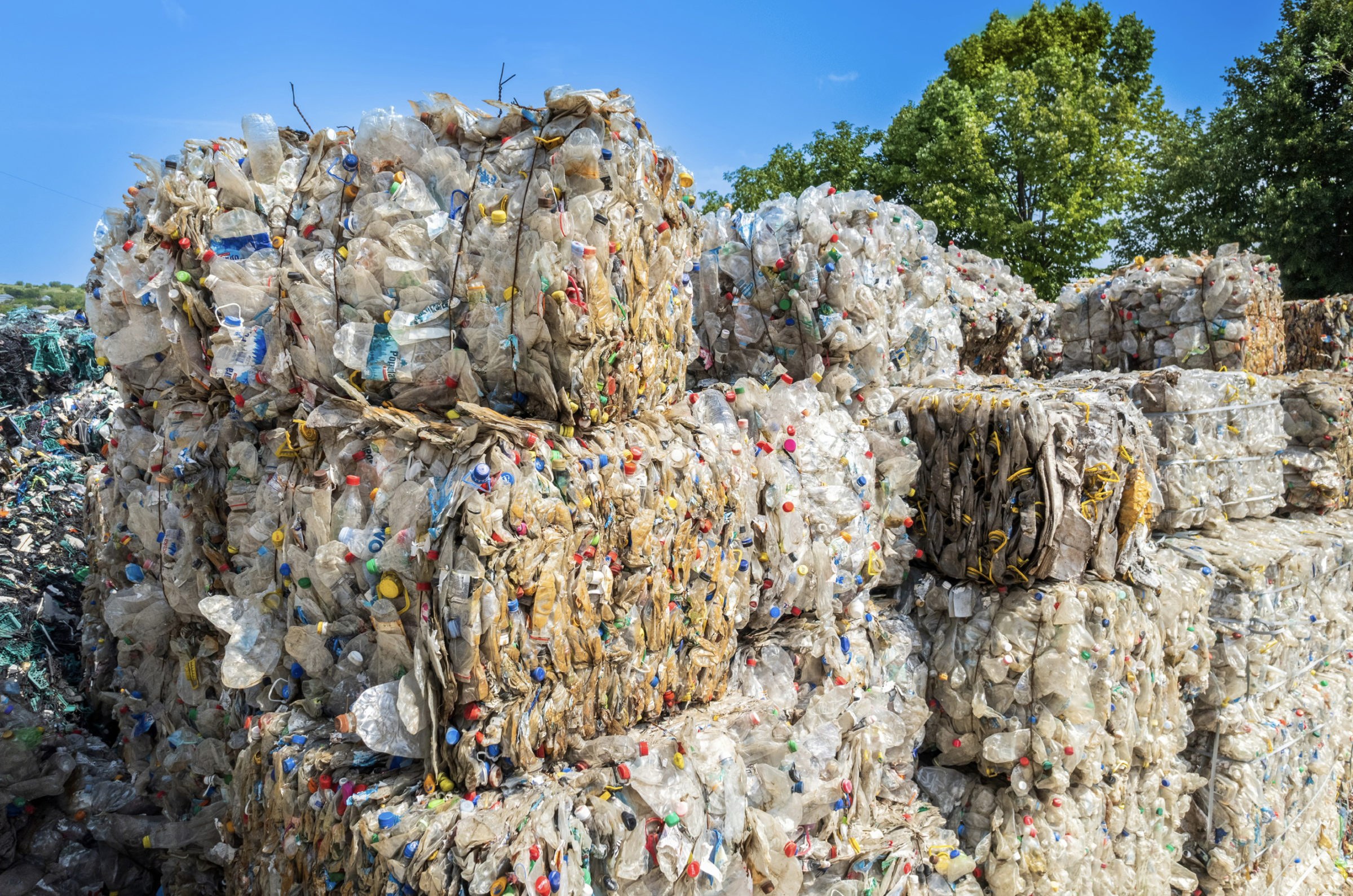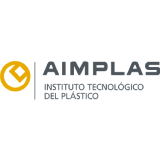What is a waste treatment contract?
According to Law 22/2011, of July 28, on waste and contaminated soils, a waste treatment contract is “the agreement between the operator and the manager of a waste treatment facility by which the latter undertakes to treat the waste once it has been accepted, and which establishes, at least, the specifications of the waste, the conditions of the transfer and the obligations of the parties when incidents arise, in particular, in the case of rejection of the waste by the recipient.”
That is, it is a document that includes the conditions under which the waste treatment will be carried out between both parties.
It is a document of a private-legal contractual nature, which is equivalent to the term established by Royal Decree 833/1988 of July 20, “application document”, which includes the approval of the Regulation for the execution of Law 20/1986 of Toxic and Hazardous Waste.
Waste treatment contract
Royal Decree 553/2020, of June 2, which regulates the transfer of waste within the territory of the State, establishes that the main objective of having a waste treatment contract is to comply with the requirement applicable to all waste transfers regulated in said Royal Decree, “Have, prior to the start of a transfer, a treatment contract as established in article 2.h). In the case of waste that is transferred between two treatment facilities that are managed by the same legal entity, this contract may be replaced by a declaration from said entity that includes at least the content specified in article 5. They are excluded from the subscription of the treatment contract, the local entities that act as transfer operators, when they transfer waste to their own recovery or disposal facilities. When transferring waste from the producers to the warehouse, the treatment contract will be established between the producer and the warehouse manager and will include the obligation of the warehouse manager to have the appropriate treatment contracts for the proper treatment of the collected waste. , indicating the treatment operation to which you will undergo at the destination.” Waste must also be accompanied by an identification document from origin to receipt at the destination facility.
In addition to the requirements established in the previous section, shipments of waste, hazardous and non-hazardous, destined for disposal are subject to the requirement of notification prior to shipment; as well as the shipments of hazardous waste, mixed domestic waste identified with the LER code 20 03 01 and those that are determined by regulation, destined for recovery.
Shipments of waste expressly intended for laboratory analysis to evaluate their physical or chemical characteristics or to determine their suitability for recovery or disposal operations are excluded from the prior notification requirement, although they must be accompanied by the identification document indicated in Annex III. The amount of such waste will be determined based on the minimum amount that is reasonably necessary to carry out the analysis in each case.
In the event that the transfer is of waste that is considered dangerous goods, the transport will be carried out in accordance with current legislation on the transport of dangerous goods by road, rail, air or sea.

Waste treatment contract model
As dictated by MITECO, a management model is formed from the different fractions of waste collected separately, the combination of collection systems and subsequent treatments, which must be in accordance with these fractions, guaranteeing the application of the principle of hierarchy. Previously, prevention activities that will also be part of the product-waste management cycle must be prioritized, following this management hierarchy.
The models are defined based on the following elements:
- Prevention actions: with the aim of reducing the generation of waste and its toxicity, different actions can be carried out at different stages from when a product is conceived until the waste is generated and managed. It is necessary to promote eco-responsible production, responsible consumption, responsible use of products and other actions to reuse products or prepare for the reuse of discarded products.
- Separation model: it is characterized by the number and type of fractions to be separated by the user at source. In Spain, six municipal waste separation models have been configured, taking into account the different main fractions separated at source.
These main or ordinary collections are complemented by other specific collections of bulky waste, batteries, textiles, oils or others. Furthermore, more and more municipalities already have clean point services in their different modalities (fixed, mobile, neighborhood, etc.). - Collection systems: they differ depending on how the collection is carried out: whether it is done at the door at the point of generation or if the user must travel to a collection point, more or less distant depending on whether it is a sidewalk area, contribution area, specialized establishment, clean point, etc.
- Treatments and final destination: the treatments of each fraction will generally adjust to the separation model at origin chosen in each case. The most common treatments depending on the fraction collected are organic fraction, rest, light packaging, glass, paper and cardboard, bulky, WEEE, textiles, hazards and land and debris.
What is hazardous waste?
As we defined in the post on waste treatment, hazardous waste is that with properties that make it dangerous or capable of having a negative impact on human health or the environment. Hazardous waste comes from many sources, from batteries to waste from industrial manufacturing processes, and can come in various forms, such as gases, solids, liquids and sludges. Improper management of hazardous waste represents a serious threat to human health and the environment. For this reason, Spain has established a framework for the correct management of hazardous waste that regulates and controls the treatment processes.













